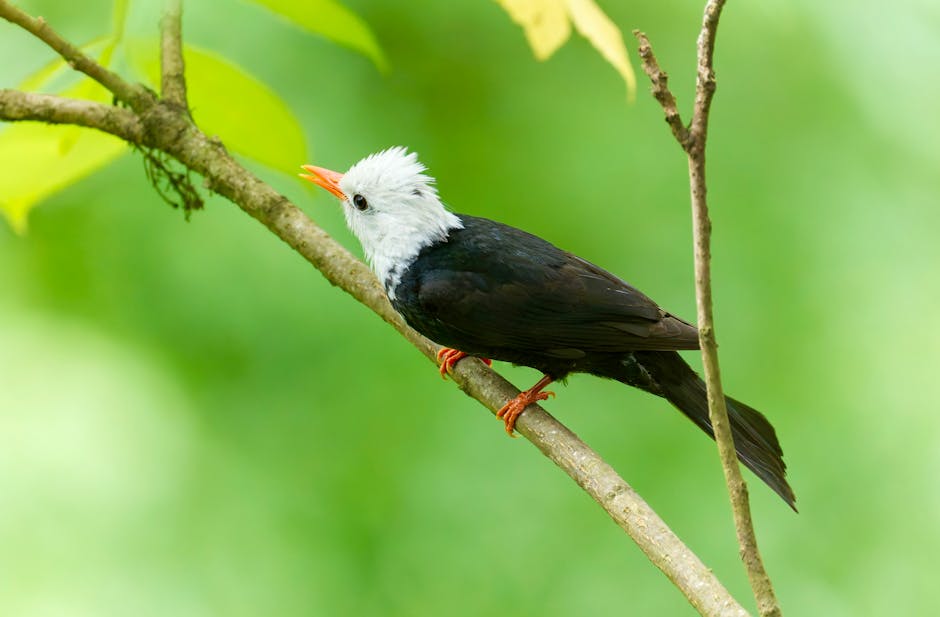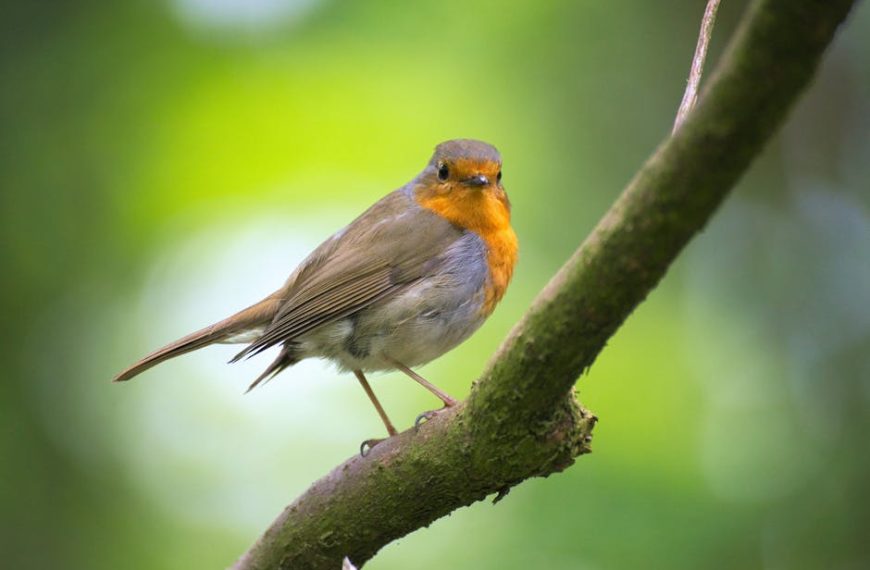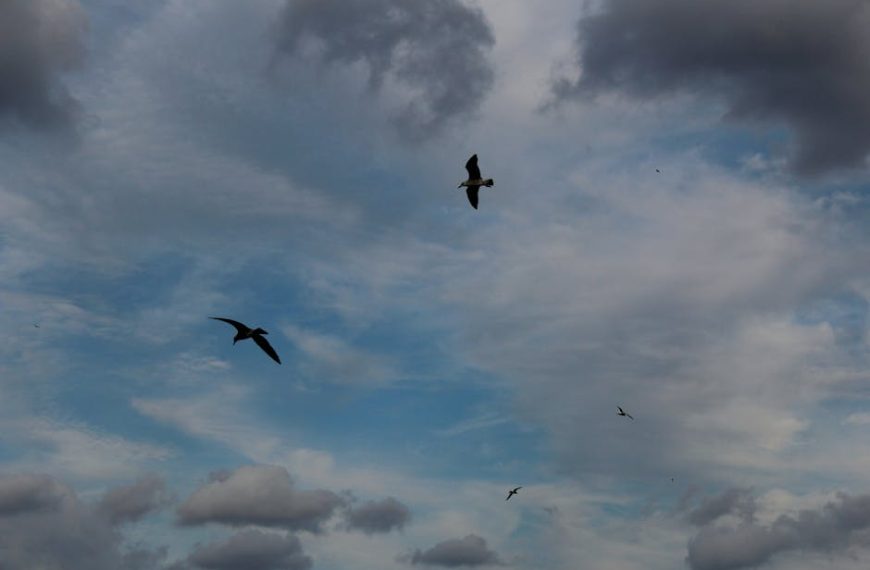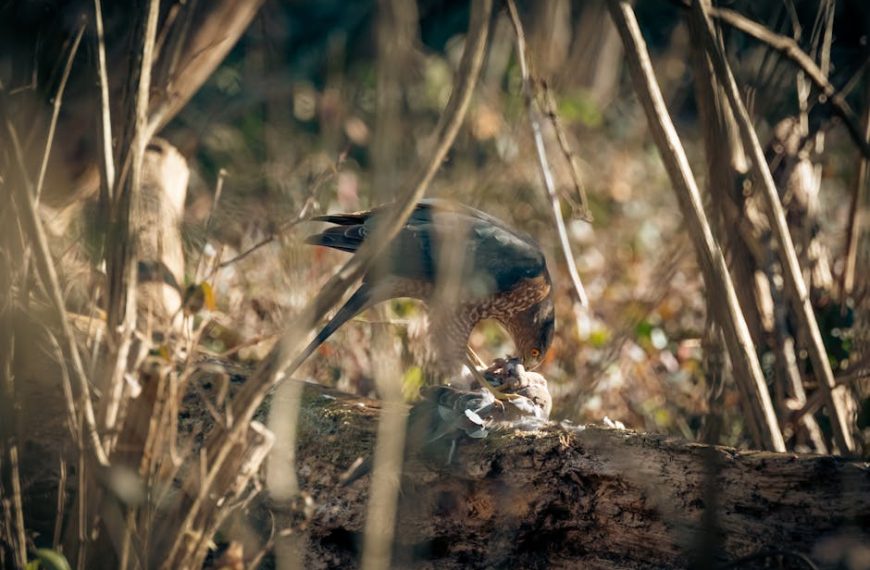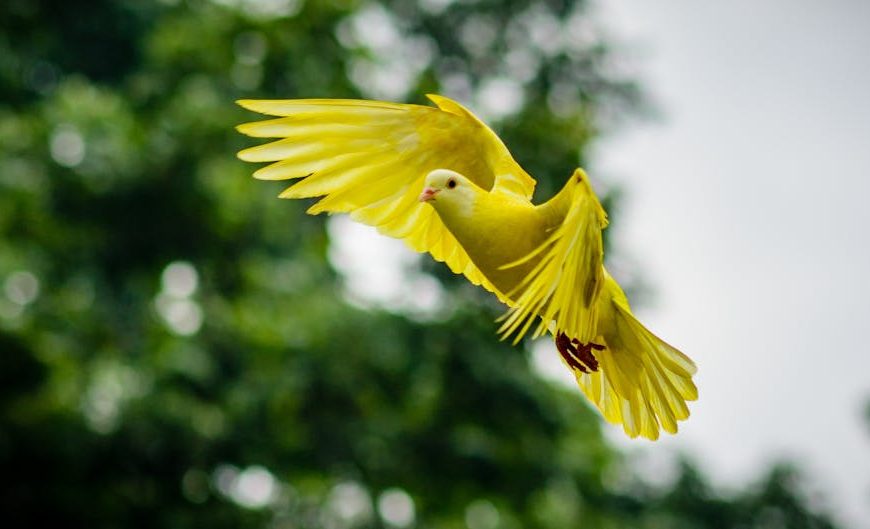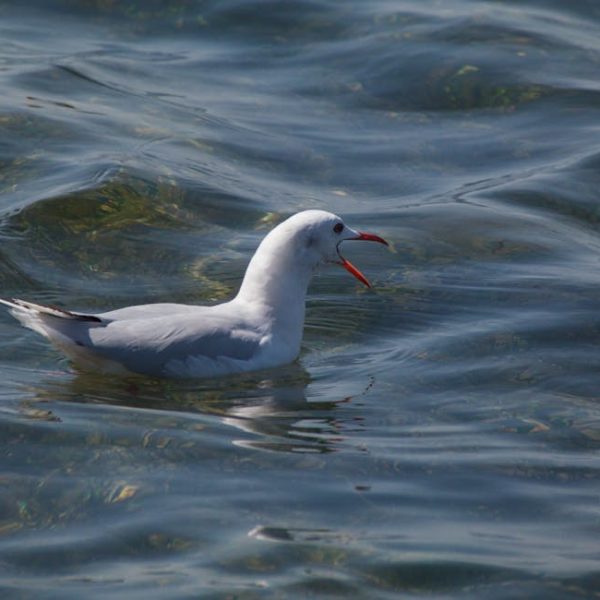When you prick your ears to listen, birdsong is one of the most ethereal sounds found in nature. Not only does it signify the ushering in of a new day, but it also holds considerable symbolic value in literature, music, and art. This article will take you on a journey through the wistful charm of birdsongs, reflecting on their timeless sway on human perception and creativity while delving into science and conservation efforts that devote to preserving this magnificent chorale.
The Beauty of Birdsong and Its Significance in Literature and Music
Melodic notes of birdsong have so often been the metaphorical ink to poets and writers, drawing serene picturesque of gleeful mornings or painting a backdrop of solitude. Be it Emily Dickinson’s play with ‘Hope’ as a ‘thing with feathers’ or Oscar Wilde’s hopeful nightingale in ‘The Nightingale and the Rose’, literary works filled with the chirping of birds have filled the hearts of many with an array of sentiments.
Comparatively, music not only uses actual birdsong recordings to create an ambiance but also mimic their sounds with instruments. Classical maestros like Beethoven to modern bands like ‘The Beatles’ have woven the sweet chirp into their compositions.
Pro Tip: Try listening to Beethoven’s ‘Pastorale Symphony’ or ‘The Beatles – Blackbird’ for a tuneful experience of birdsong in music.
Deeper Meaning: Birdsong as a Reflection of Time and Change
Beyond the veil of melodious chirping lies a deeper tune resounding the echoes of time and inevitable change. The seasonal migration of birds and the subsequent quietening has offered a metaphor for transience in life and literature. In essence, the late sweet birds’ song that once filled the air becomes a nostalgic melody lost in the passage of time.
Best Practice: Reading works like T.S. Eliot’s ‘The Waste Land’ or ‘Where Late the Sweet Birds Sang’ by Kate Wilhelm, will provide you a profound understanding of this symbolic play.
Birdsong: The Soundtrack of Historical Events
Not only has birdsong served as an artistic metaphor, but it has also been interwoven into the fabric of historical occurrences. It’s fascinating how the innocent chirping of birds has paradoxically documented the human saga of wars,revolutions, and societal transformations.
Pro Tip: ‘Lili Marlene,’ a popular WWII song, is a poignant example of how birdsong marked the scars and longings of war.
The Science Behind Birdsong and Its Temporal Characteristics
The transcendent beauty of birdsong is well-complemented by its intriguing scientific aspects. From cues of dawn and dusk to seasonal shifts, the timing and intricacies of birdsongs serve as an audible chronometer to the flow of time. Not to mention, scientific progression in ornithology has deepened our understanding of these temporal characteristics.
Pro Tip: A peaceful morning spent bird-watching can provide firsthand insight into the temporal changes in birdsong.
As we elaborate on these facets further in this article, sit back and let the captivating trills of nature’s sopranos wash over you.
Preserving The Melody: Conservation Efforts for Birds and Their Songs
As we immerse ourselves in the beauty and symbolism of birdsong, it’s not to be forgotten that this wonderful orchestration of nature is in jeopardy. With rapid urbanization, deforestation, climate change, and rampant hunting, many bird species are facing an escalating threat of extinction. As a consequence, the world risks losing not only their colorful beauty but also their harmonious soundtrack that has resounded for millenniums.
Various conservation organizations and governments worldwide are making efforts, both macro and micro, to protect the bird populations and their habitats. Prominent among these are organizations such as BirdLife International, the Audubon Society, and the World Wildlife Fund (WWF).
Best Practices: We as individuals can also play a role in this conservation journey. A small step could be setting up birdhouses in our yards or gardens, ensuring a safe refuge for these winged melodies. Refraining from the use of harmful pesticides and maintaining a sustainable green environment also contribute significantly. Participating in citizen-science projects like eBird, where bird sightings can be recorded to help bird conservation and research, is another worthy initiative.
It’s our collective responsibility to ensure that the sweet birds continue to sing their heart-warming melodies. After all, a morning greeted with the chirping of birds is a morning greeted with the hope of life, a melody that rightly deserves to echo in every corner of the planet.
Preservation Checklist:
Here’s a quick 5 point checklist that every willing individual can adhere to for conservation efforts:
✔️ Set up birdhouses or birdbaths.
✔️ Plant native shrubs and trees for bird habitats.
✔️ Avoid using toxic pesticides and chemicals that can harm birds.
✔️ Participation in bird census and bird-watching activities.
✔️ Support conservation organizations, either financially or as a volunteer.
By incorporating these changes, we can make a significant difference, ensuring that the late sweet birds continue to sing, no more just a nostalgic melody in time, but a sustaining rhythm of life.
Key Takeaway:
- Birdsong has been a significant motif in literature, music and art, creating ambiance and evoking a range of emotions.
- This beautiful melody often serves as a metaphor for time, change, and even historical events.
- The temporal characteristics of birdsong provide intriguing insights into nature and science.
- With increasing threats to bird populations, there is an urgent need for widespread conservation efforts.
As we admire the beauty of birdsong, let’s also remember our role in preserving this timeless melody. Even small individual efforts in bird conservation can make a significant difference. Witness the dawn with the harmonious chirping of birds as a reminder of the vitality of nature and life itself! Keep exploring, keep listening, and together let’s ensure that the sweet birds continue to sing.
FAQs
Q: Why is birdsong significant in literature and music?
A: Birdsong is often used in literature and music as a symbol to evoke emotions, create ambiance, or represent themes like freedom, hope, or change. It’s universal appeal and timeless charm make it a potent artistic device.
Q: What do changes in birdsong represent?
A: Changes in birdsong often symbolize the passage of time and changing seasons. It subtly reflects the transient nature of life and is often used as a metaphor for nostalgia, solitude or change in various contexts.
Q: How has birdsong been used in historical contexts?
A: Birdsong has often been used metaphorically in literature and music during significant historical events, adding a layer of emotional subtext or serving as the soundtrack of the era’s trials and tribulations.
Q: What scientific aspects are there to birdsong?
A: Birdsong follows specific temporal patterns that change with the time of day or seasons. The study of these characteristics, including when and why birds sing, provides intriguing insights into the behavior and biology of birds.
Q: How can I contribute towards bird conservation?
A: You can play a role in bird conservation by setting up birdhouses, avoiding harmful pesticides, planting native trees, and supporting conservation organizations. Even small individual steps can contribute significantly towards preserving the wonderful melody of birdsong.
If you enjoy this article or have any more questions, please feel free to share and explore more posts on our website!
